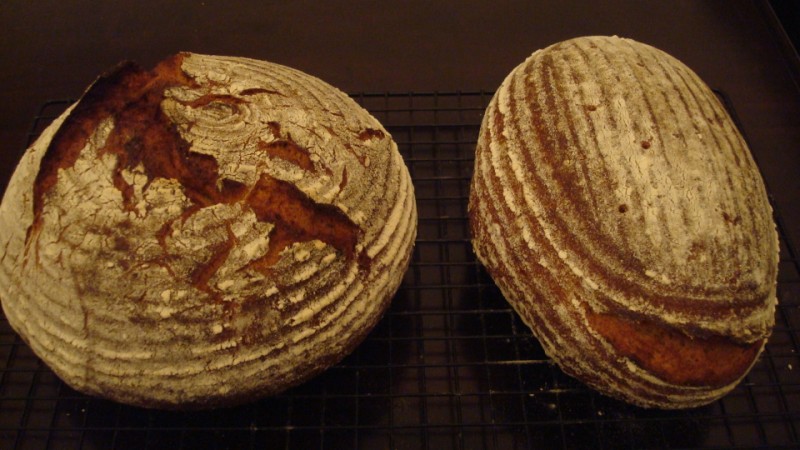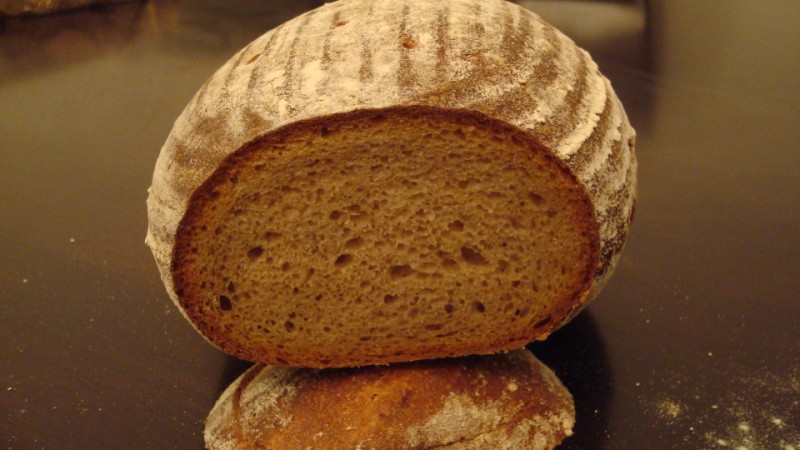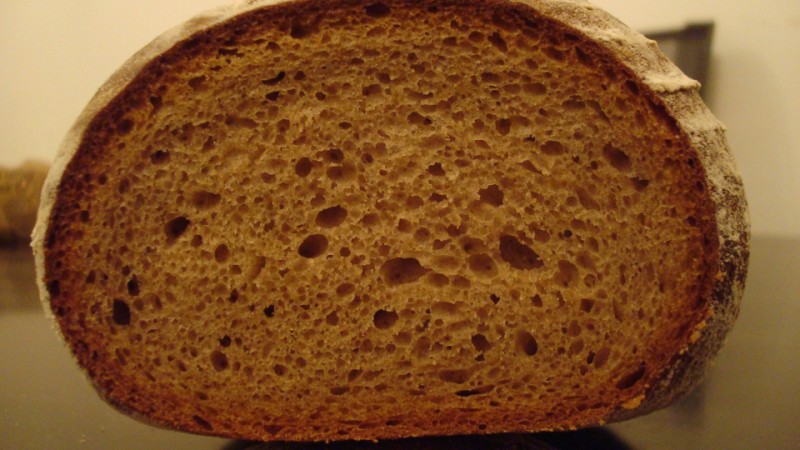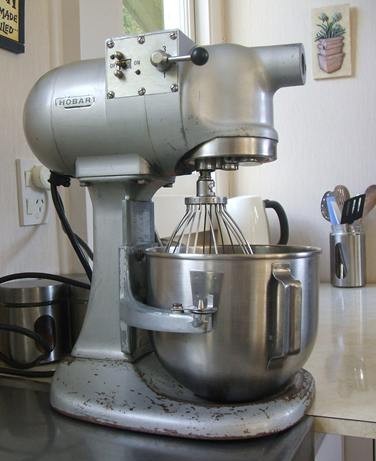
Yeast percentages?
Hi,
In Hamelman's book, Bread..., I've always weighed all ingredients except for yeast and salt. For those, I would just use the volume (tablespoons, teaspoons) measurement and call it good. But tonight, I was scaling the Oatmeal Bread with Cinnamon and Raisins recipe (p236) and for the first time, used a spreadsheet and baker's percentages on all items ...including yeast and salt. In that recipe, the total wheat weight for his 'Home' category is 907 grams (2 lbs) and includes the high-gluten flour and whole-wheat flour. The yeast weight is 10 grams (0.37 ounces). I calculate a yeast percentage of 1.1% ...right? Hamelman lists the yeast as being 3.5% in the Baker's % column. I didn't check any other recipes, but visually noted that the same situation occurs with the oatmeal bread recipe without cinnamon and raisins.
Am I doing something wrong in my calculation of the baker's percentage for the yeast? Or is this something for the book's errata... He mentions the 3.5% value in the text alongside the recipe as well. Hmmm.... Is yeast treated differently for some reason?
I weight 1-1/4 tablespoons of instant dry yeast on my gram scale and it came to about 10 grams ...so I think the weight values are all correct and agree with what the recipe calls for. The only thing wrong is the percentage... all the other percentages came out fine BTW.
Thanks,
Brian












